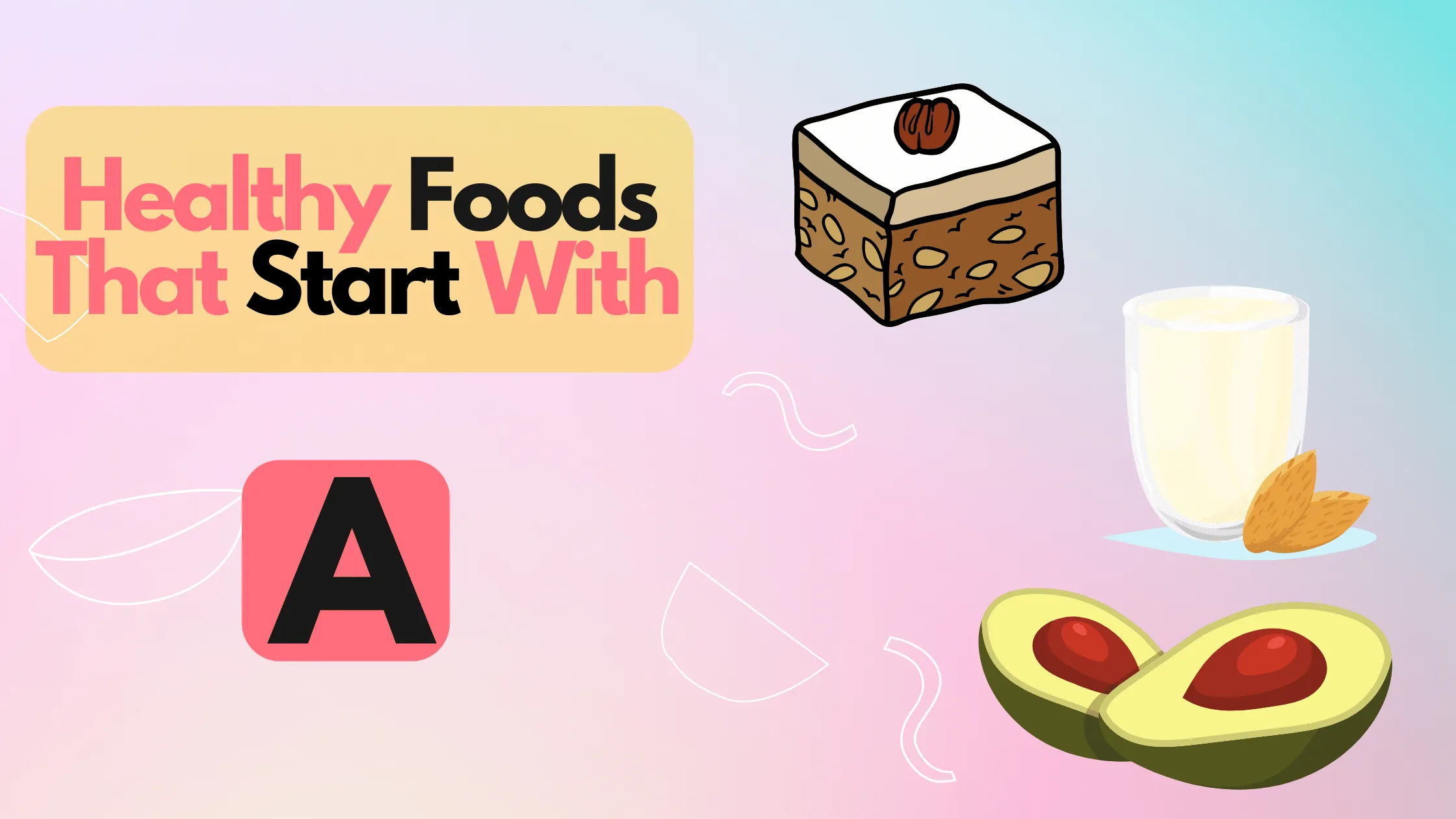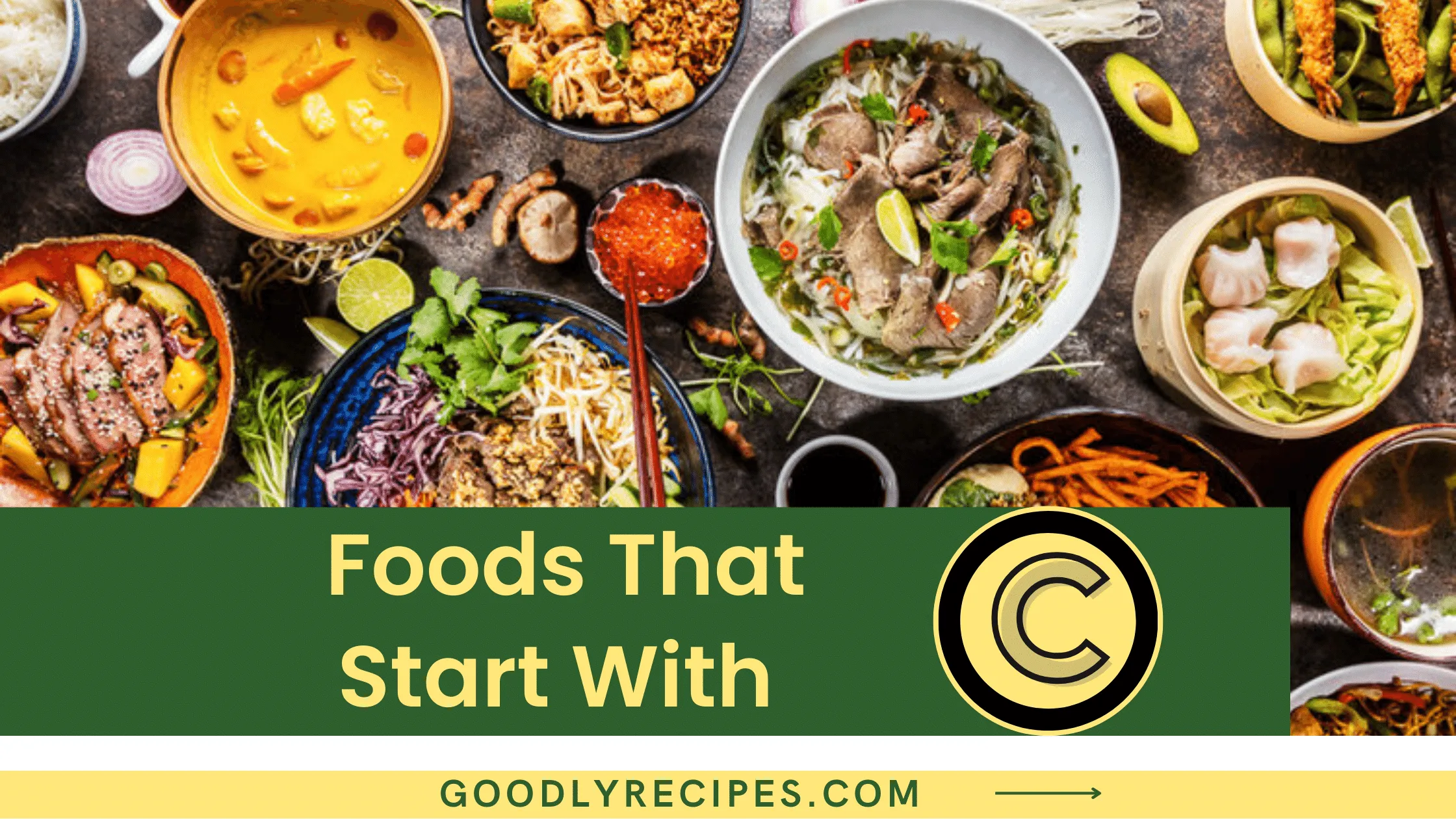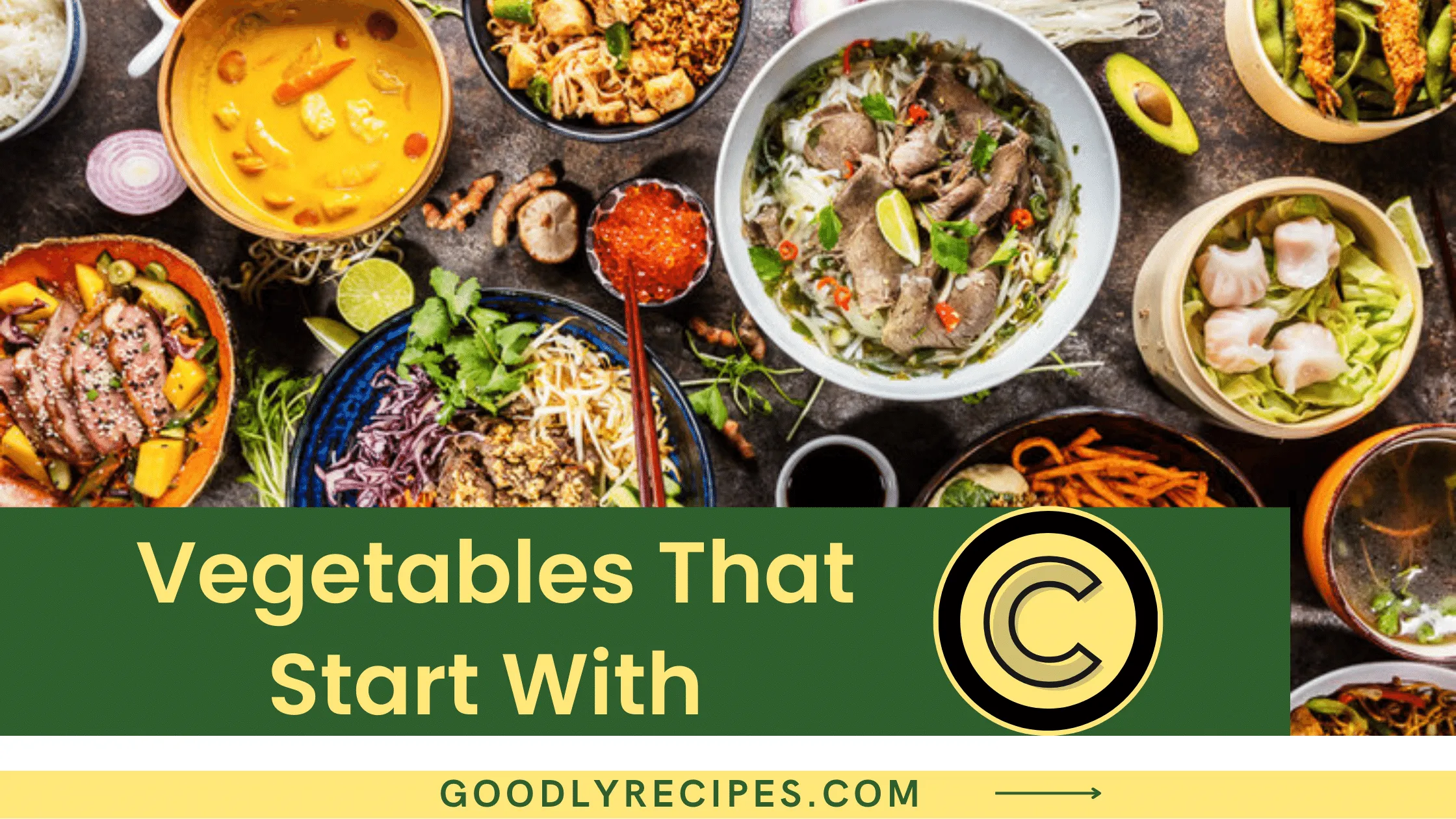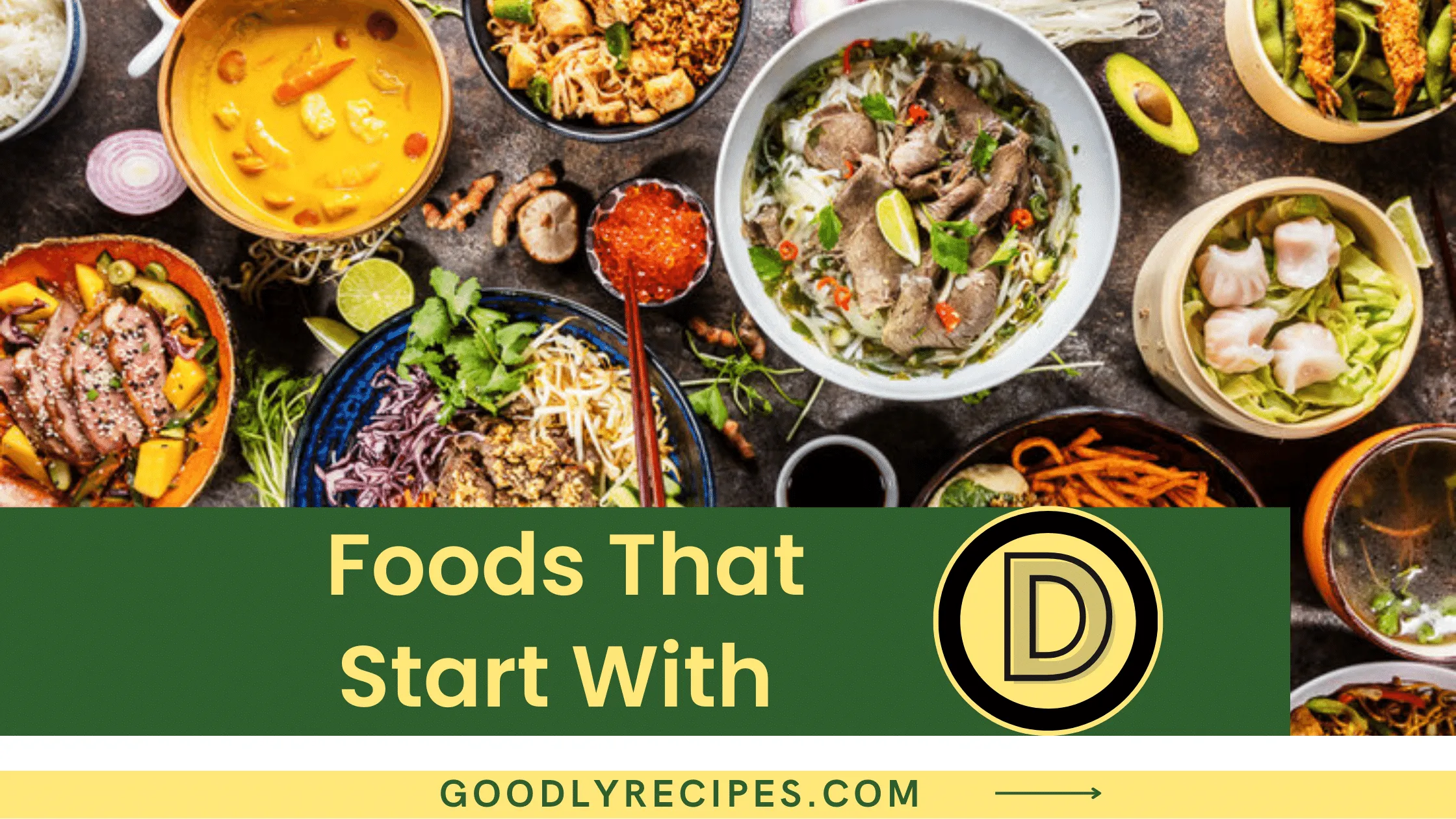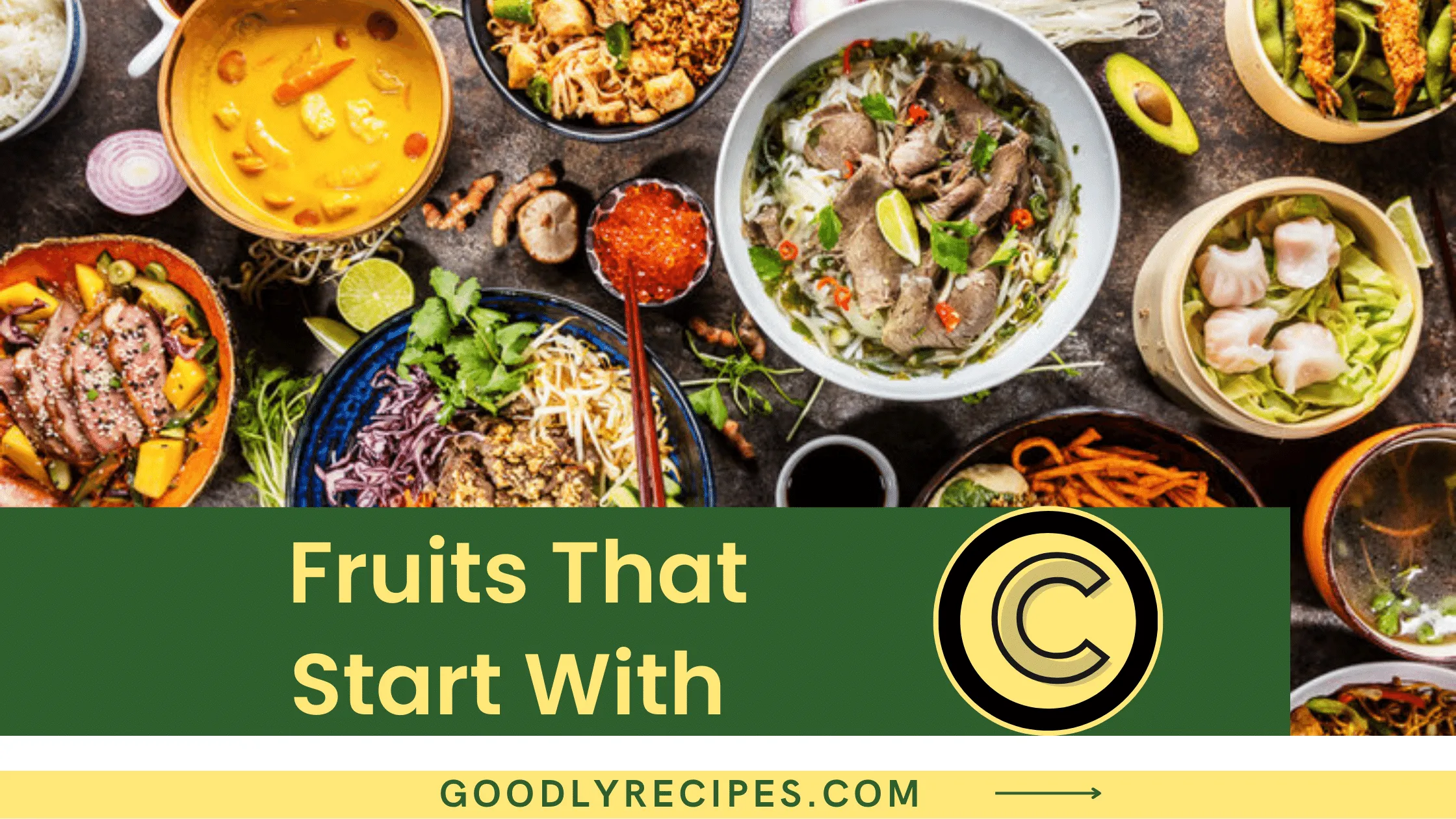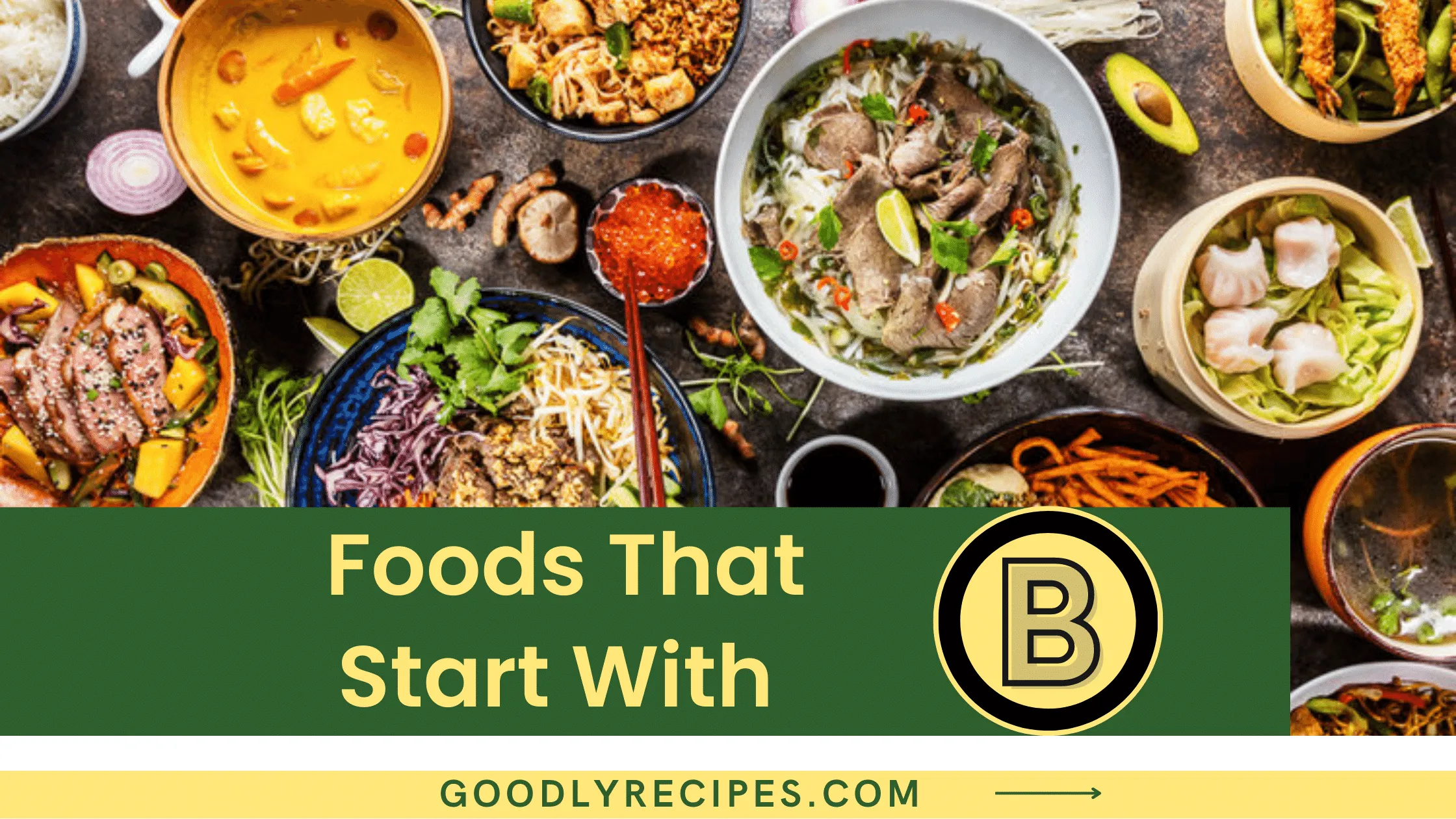Are you looking for ways to get your daily dose of vitamins, minerals, and fiber without sacrificing taste? If so, you’re in luck! There are plenty of vegetables that start with the letter D from delicious dandelion greens to sweet and creamy deviled eggs. Here we explore some lesser-known produce items beginning with D, as well as share how each can be incorporated into a variety of meals for those seeking more nutrient-rich dishes.
Daikon Radish:
Daikon radish is a long, white root vegetable that is related to the turnip. It is often used in Asian cuisine and has a mild flavor.
Daikon radish is high in vitamin C and potassium. It also contains antioxidants and is thought to have anti-inflammatory properties. Daikon radish can be eaten raw or cooked. It can be added to salads, stir-fries, or soups.
Dandelion Greens:
Yes, dandelion greens are edible and quite nutritious. The leaves can be eaten raw or cooked, and they have a slightly bitter taste that some people find palatable and others don’t. Dandelion greens are a good source of vitamins A, C, and K, as well as minerals like potassium, magnesium, and calcium. They also contain antioxidants and polyphenols which may offer some health benefits.
Dasheen:
Dasheen, also known as taro, is a tropical plant that is often grown in the Caribbean and Asia. The root of the dasheen plant is large and starchy and can be boiled or mashed like potatoes. Dasheen is a good source of vitamins C and B6, as well as potassium and manganese. Dasheen is a popular food in many Caribbean countries.
Delicata Squash:
Delicata squash is a type of winter squash. It has a thin, yellow-green skin that is edible and sweet, buttery flesh. The seeds are also edible. Delicata squash is a good source of dietary fiber, potassium, vitamin C and B6. It also contains some magnesium and manganese. Delicata squash can be cooked in many ways: roasted, baked, boiled, or microwaved.
Delicacy White Kohlrabi:
Delicacy White Kohlrabi is a type of kohlrabi that is white in color. It has a slightly sweet and nutty taste and can be eaten raw or cooked. Some good ways to prepare it to include boiling, steaming, or stir-frying. This vegetable is high in fiber, vitamin C, and potassium. It also contains a variety of antioxidants that help protect the body against disease.
Dickinson Pumpkin:
The Dickinson pumpkin is a variety of winter squash that is named after the poet Emily Dickinson. It has smooth, dark green skin and orange flesh. The Dickinson pumpkin is a good choice for those who are looking for winter squash that is both flavorful and nutritious. It is high in beta-carotene, vitamin C, potassium, and fiber. The Dickinson pumpkin can be cooked in many ways, such as roasting, baking, or stewing.
Dill:
Dill is an annual herb with feathery leaves and white flowers. Fresh leaves are used as a flavoring in food. Dill is thought to have originated in the Mediterranean region but is now grown worldwide. The dill plant grows to a height of about 2 feet. The leaves are light green and fernlike, and the flowers are small and white. The seeds, which are pressed from the fruits of the plant, have a strong flavor and are used as a seasoning or spice. Dill oil is also extracted from the seeds.
Dinosaur Kale:
Dinosaur kale is a variety of kale that gets its name from the dinosaur-like shape of its leaves. The leaves are dark green and ruffled, with a slightly purple tint. Dinosaur kale is a nutritious vegetable that is high in vitamins A and C, as well as potassium. It also contains calcium, magnesium, and phosphorus. Dinosaur kale can be cooked in many different ways, including steaming, boiling, stir-frying, or eating it raw. It pairs well with other strong flavors such as garlic or ginger.
Dragon Tongue Bean:
The dragon tongue bean (also called dragon’s tongue, fire bean, and Christmas bean) is a brightly colored legume that ranges in color from light green to dark purple. It is often used in ornamental displays due to its unusual shape and colorful markings.
The dragon tongue bean is a perennial plant that can grow up to 3 meters tall but is usually much shorter. It produces small white flowers along the stems and pods that are about 15 cm long and 1 cm wide.
Drumstick Plant:
The drumstick plant, Moringa oleifera, is a tree native to northern India that has been used for centuries as a food source and medicine. The leaves, pods, and seeds of the plant are all edible and have a variety of health benefits. The leaves are an excellent source of protein, vitamins A and C, iron, and calcium. They can be eaten fresh or cooked like spinach. The pods are also high in protein and vitamins A and C, as well as fiber. They can be eaten fresh or cooked like green beans.
Dulse:
Dulse is a type of seaweed that is often used as a nutritional supplement. It is high in protein, antioxidants, and other nutrients, and has a slightly salty taste. Dulse can be eaten raw or cooked and can be added to salads, soups, or other dishes. It is also available in powdered form. Dulse is a good source of vitamins and minerals, including potassium, magnesium, iron, and zinc. It is also a good source of protein and omega-3 fatty acids. Dulse contains several antioxidants, including chlorophylls and carotenoids.
Source: GoodlyRecipes.com

